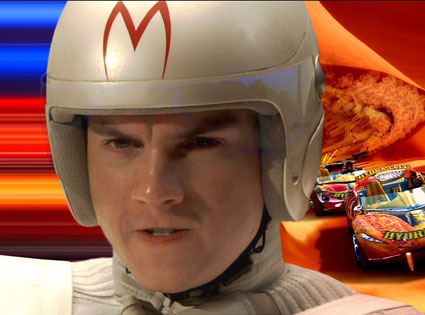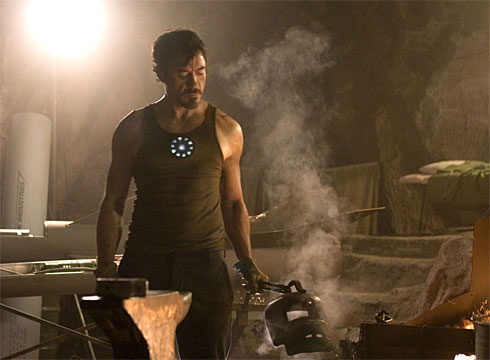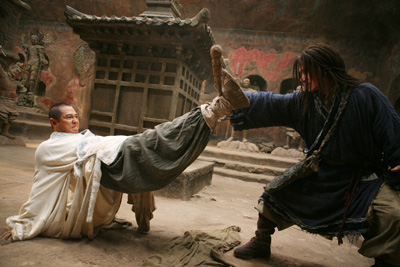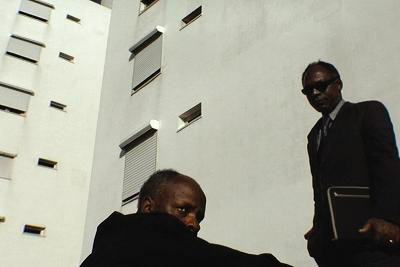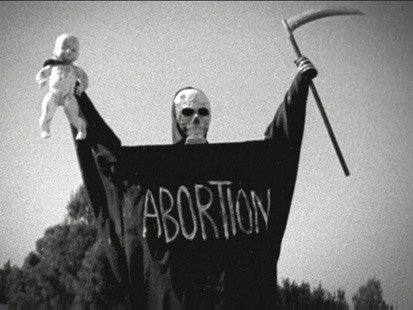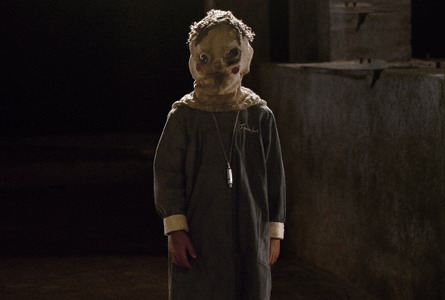
Last month’s Iron Man was the seventeenth feature film based on a Marvel Comics superhero since 1998’s Blade kicked off the current superhero movie cycle. Of those seventeen, none divided critics, movie-goers or fans as sharply as Ang Lee’s 2003 Hulk.
It was by far the artiest and most experimental of them all, but something of a mixed bag—a well-acted, compelling melodrama with an all-special effect superhero that looked embarrassingly unconvincing, a badly botched ending and far too little smashing.
Which perhaps explains why The Incredible Hulk falls somewhere between a remake and a sequel, but far closer to the latter than a former. The entire cast is different, the creators are all different and the only reoccurring characters are the three principle ones. The origin of the Hulk, that which Lee occupied himself with for almost two hours before getting to the smashing, is told here in a minute or two, as flashes of information occurring behind the title sequence.
That’s how badly director Louis Leterrier (a disciple of Luc Besson whose filmography consists of action movies Danny The Dog and the Transporters) wants to make sure this Hulk movie delivers what the last withheld. Continue reading


